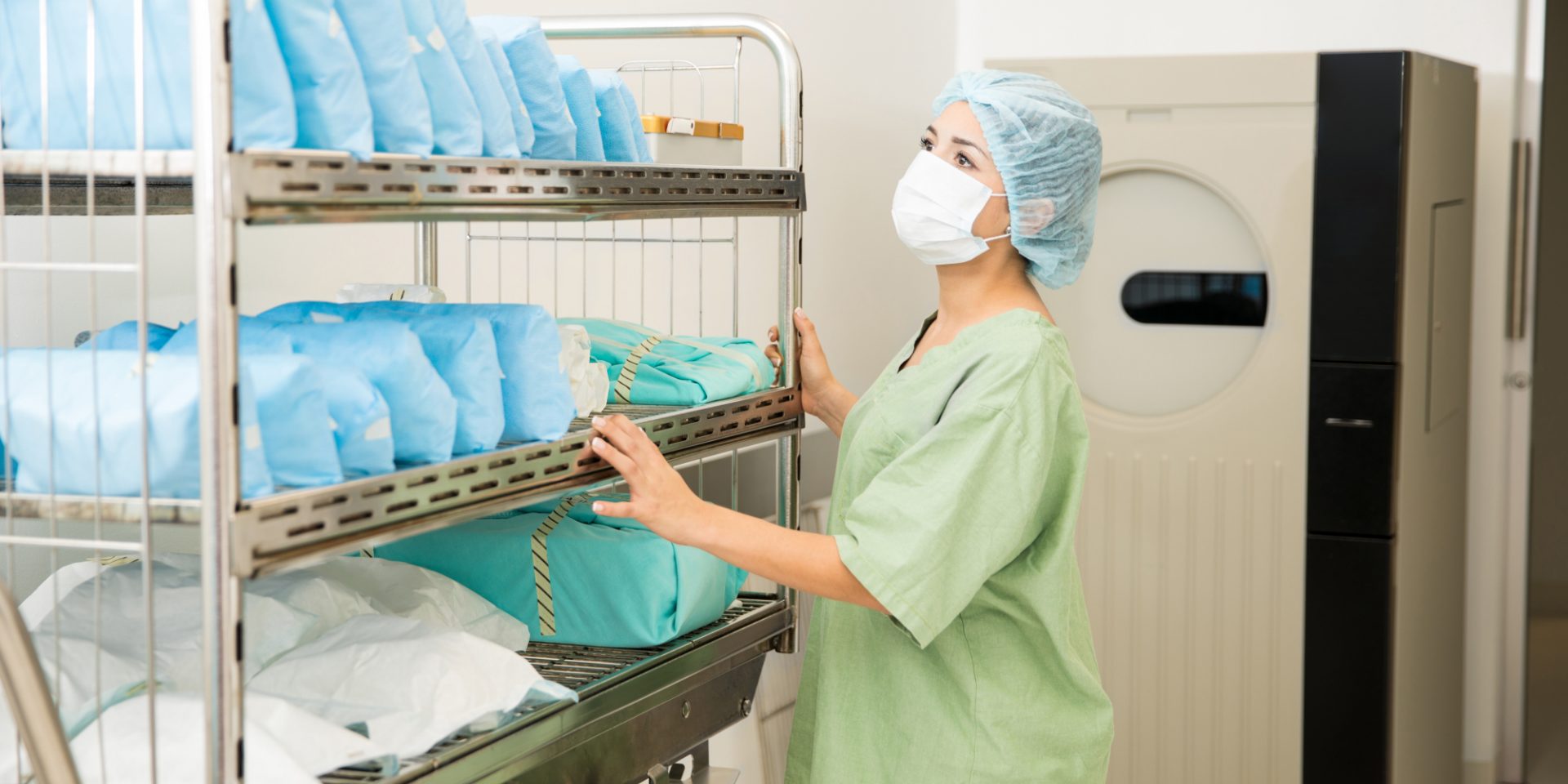Neoprene Rubber Caster Pros and Cons

If you are looking for neoprene rubber casters, you should be familiar with the advantages and disadvantages that they offer. Casters that feature neoprene rubber wheels are ideal for some applications and unsuited for others. Read on to understand the pros and cons of choosing this unique type of caster.
Neoprene is a family of synthetic rubbers produced by polymerization of chloroprene. Neoprene is an elastomer, and maintains its flexibility over a wide range of temperatures. It also has a memory. After stretching, it returns to its un-stretched position, just as rubber does.
When used in casters, neoprene is often bonded to a harder material to give it extra strength. The harder core provides the structure. Around that core is added a layer of neoprene to form the wheel’s tread.

Advantages of Neoprene Rubber Casters
Let’s begin with the qualities that make neoprene rubber the ideal choice for your casters.
Advantage 1: Noise Reduction. If one of your goals in choosing a caster is reducing caster noise around your facility, neoprene is an ideal choice because wheels made from this material are known for their smooth and quiet operation. They are much quieter than casters made from plastic or cast iron. This makes neoprene rubber casters a great choice for medical carts, mobile laboratory equipment, mobile computer equipment, and IV poles.
Advantage 2: Chemical Resistance. Neoprene is also highly resistant to harsh chemicals, grease, oil, animal fats, steam and high temperatures. This makes it ideal for medical and light-industrial applications that involve harsh chemical wash-downs. Casters that have wheels made of neoprene don’t degrade when they come into contact with mild acids and solvents.
Advantage 3: Floor Protection. If keeping your floors clean and damage-free is a priority, neoprene rubber casters are a wise choice. Casters made from this material do not mark floors, making them ideal casters for hospitals and healthcare facilities where cleanliness is a main concern.
Advantage 4: Temperature Resistance. Casters made from neoprene rubber are a great option in settings that experience wide swings in temperature. They withstand temperatures as lows as -20°F to as high as 180°F. This makes them suitable for many food-processing applications.

Disadvantages of Neoprene Rubber Casters
Neoprene rubber casters are not suitable for all applications. They have several intrinsic disadvantages that you must consider before choosing them for your application.
Disadvantage 1: Initial Cost. Neoprene rubber casters were tremendously popular 20 years ago. But the price of neoprene has risen quite a bit in recent years, resulting in only a few manufacturers still producing neoprene wheels. If initial cost is an important criterion for you, there are less-expensive options on the market to choose from than neoprene.
Disadvantage 2: Load Rating. Neoprene rubber casters are ideal for light-duty applications. Neoprene does not have the load rating you require for heavy-duty applications. When used in heavy-duty settings, the wheels tend to break down. For heavy-duty applications, your better option is a caster made from polyurethane.
Disadvantage 3: Chunking. Neoprene rubber casters deliver a softer and quieter ride than wheels made from harder materials, but they don’t wear as well. Unlike casters made from polyurethane, for example, neoprene wheels tend to lose pieces of tread over time. They are not as resistant to wear and abrasion.
Conclusion – When are neoprene rubber casters appropriate for you
Neoprene rubber casters are an ideal choice if you require a light-duty caster that is quiet, resists chemicals and won’t mark your floors. If you need replacement casters for carts and mobile equipment in your hospital or office setting, caster wheels made from neoprene are a great choice.
Caster Connection carries a range of neoprene casters that are idea for a wide range of indoor applications.
